Glaucoma, or “black water,” is an eye condition that develops gradually and impairs a person’s vision. This article explains how glaucoma develops, its different types, and the available treatment methods. To learn about other eye diseases, you can also read the article “Eye Diseases and Their Treatment Methods.”
What is Glaucoma (Black Water)?
Glaucoma, or black water, is one of the eye conditions that typically affects the optic nerves and often manifests in middle age. This disease progresses gradually and, over the long term, leads to vision loss. In the early stages, a person may not notice the condition, but over time, blurred vision worsens and can eventually result in complete vision loss in advanced stages.
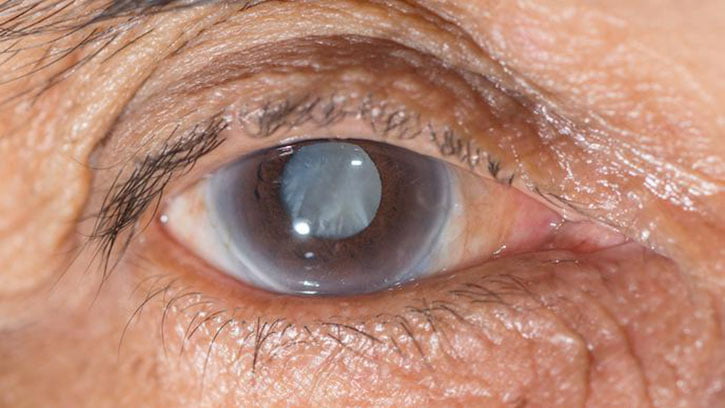
This is why specialists strongly recommend that individuals over 52 years old undergo regular check-ups at least once a year. Early detection allows the disease to be controlled and its progression slowed. If diagnosed promptly, it can even be completely cured. The term “glaucoma” is derived from Greek and means “shimmering brightness.” However, because the disease causes blurred vision and eventual vision loss, it is called “black water” (āb-e siyāh) in Persian.
What is the Optic Nerve?
The optic nerve is a bundle of numerous nerve fibers located at the back of the retina. It connects the retina to the brain and transmits visual messages to the brain.
Symptoms of Glaucoma
In the early stages, no specific symptoms other than mild blurred vision are observed. In advanced stages, symptoms may include headaches, dizziness, nausea, seeing colored rings around lights, sudden blurry vision, etc.
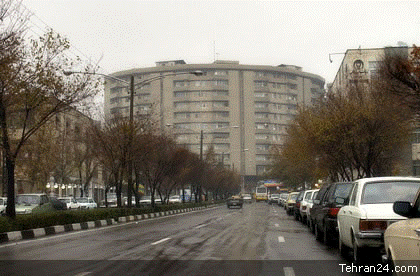
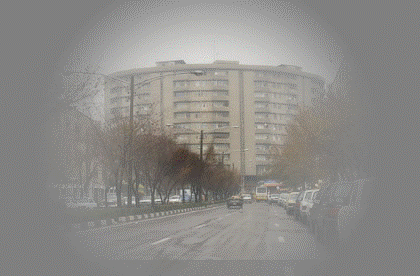
The Cause of Glaucoma (Black Water)
A clear fluid exists inside all human eyes, which moisturizes the eye. This fluid circulates through vessels in the cornea and iris. If these vessels become constricted or dry due to factors such as high blood pressure, medication side effects, or reduced blood flow to the eye’s nerves, pressure builds within the eye. Consequently, if unaddressed, vision gradually deteriorates and may be completely lost in severe cases.
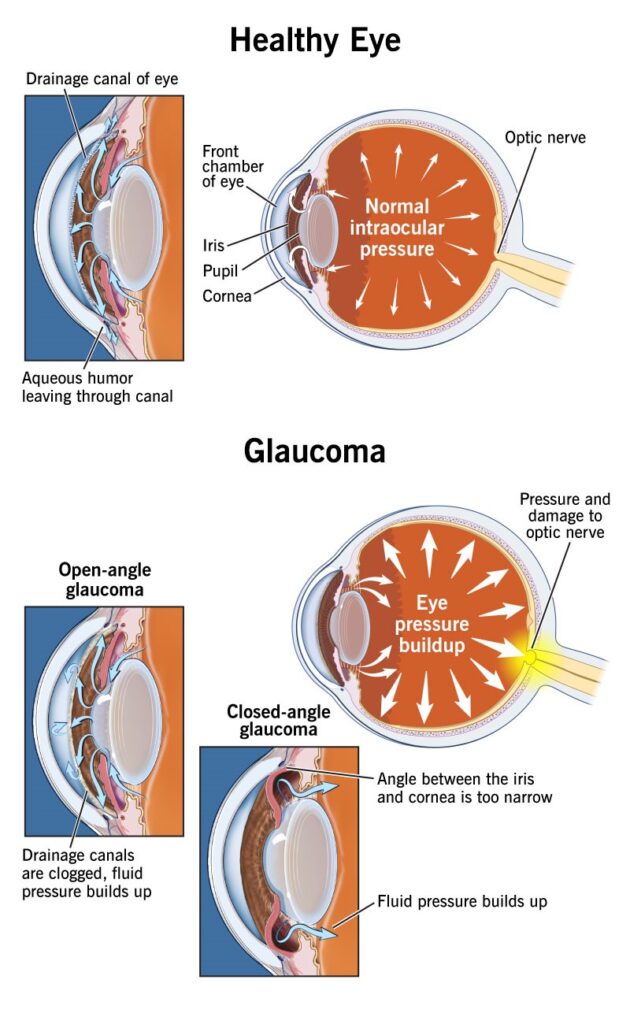
Risk Factors for Glaucoma
According to recent research, glaucoma (or black water) is the second leading cause of blindness worldwide. The primary risk factor is age, with the disease being highly prevalent in individuals over 60. Other significant factors include high blood pressure and diabetes, as these conditions obstruct corneal and iris arteries, substantially increasing glaucoma risk.
Some individuals inherit a predisposition to glaucoma, often characterized by naturally thin or dry corneas. Ethnicity also significantly influences susceptibility. Additionally, long-term use of certain medications can contribute to its development.
Classification of Glaucoma
Glaucoma is broadly categorized into the following types:
Primary Open-Angle Glaucoma:
The most common type, it progresses gradually without initial symptoms or pain. It occurs when eye fluid drains inefficiently, increasing intraocular pressure and damaging the optic nerve.
Angle-Closure Glaucoma:
The iris blocks fluid drainage, causing fluid buildup, pressure spikes, and optic nerve damage. This type has two subtypes:
Chronic Angle-Closure Glaucoma::
Develops gradually without early symptoms. Treatable via pressure management or surgery.
Acute Angle-Closure Glaucoma:
A sudden onset caused by iris blockage of the trabecular meshwork. This medical emergency requires immediate treatment to prevent irreversible vision loss.
Normal-Tension Glaucoma:
Intraocular pressure remains normal, yet optic nerve damage and vision loss occur. Treated similarly to open-angle glaucoma.
Secondary Glaucoma:
Caused by underlying conditions (e.g., severe cataracts, eye injuries, infections). Subtypes include pigmentary glaucoma and neovascular glaucoma. Treatments include medication, laser therapy, or surgery.
Congenital Glaucoma:
A birth defect often marked by abnormally large eyes. Surgical intervention is typically required.
Diagnosis of Glaucoma
An ophthalmologist diagnoses glaucoma by:
- Measuring the angle between the cornea and iris.
- Checking intraocular pressure.
- Performing vision tests and optic nerve examinations to assess damage severity and determine treatment.
Treatment Methods for Glaucoma
The goal is to reduce intraocular pressure to prevent optic nerve damage and vision loss. Based on the patient’s condition, doctors may choose:
Medication:
Eye drops or oral tablets to lower pressure (first-line treatment for early stages).
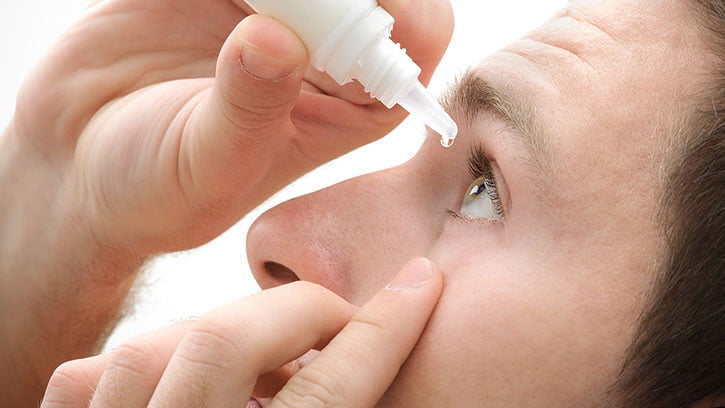
Laser Therapy or Surgery:
Used if medication fails, disease progresses, or for angle-closure glaucoma. These procedures remove blockages and restore fluid drainage.
Who Is at Risk?
- Individuals over 40.
- Those with a family history of glaucoma.
- Notably, 1.5–2% of the population has glaucoma, and half are unaware of their condition.

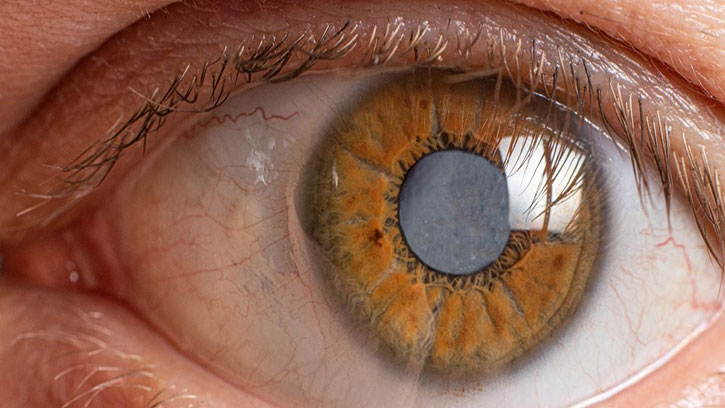
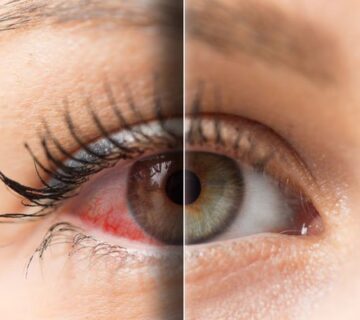
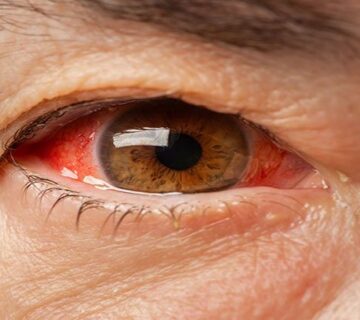
No comment